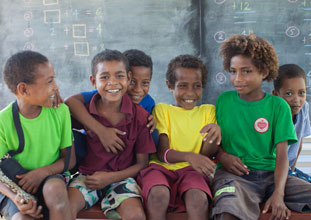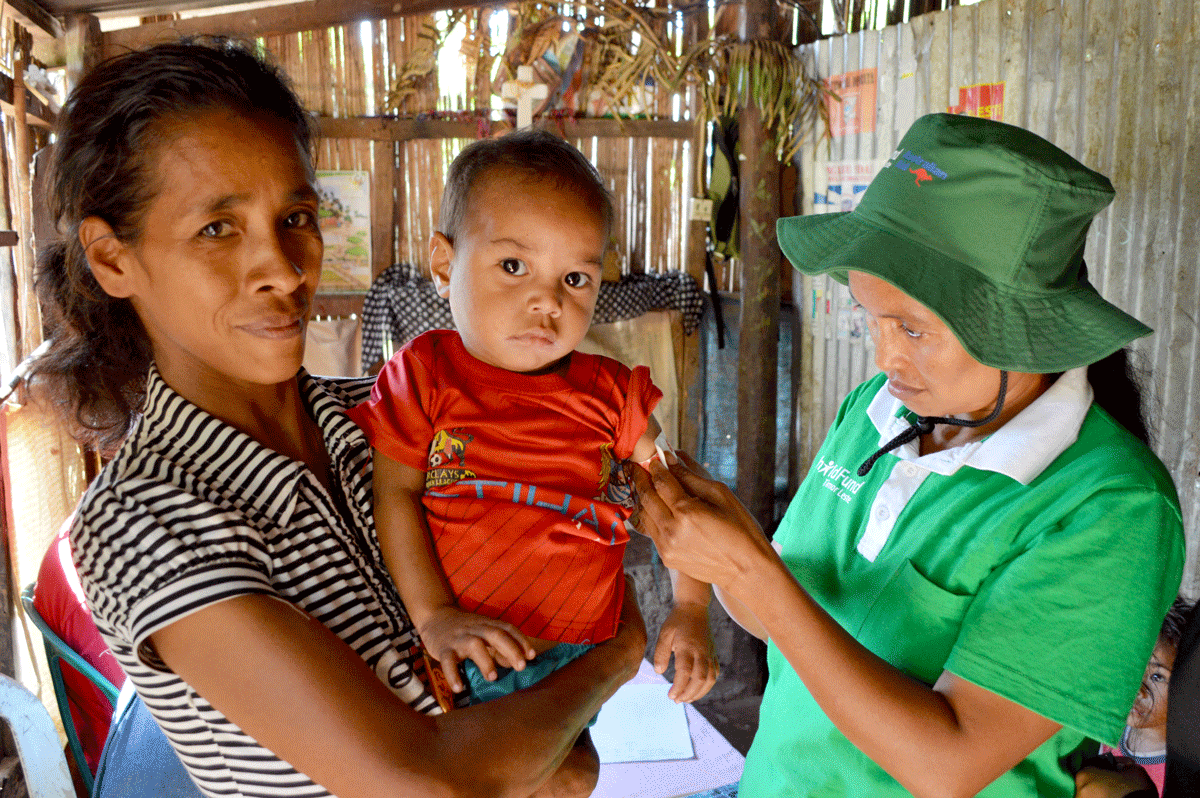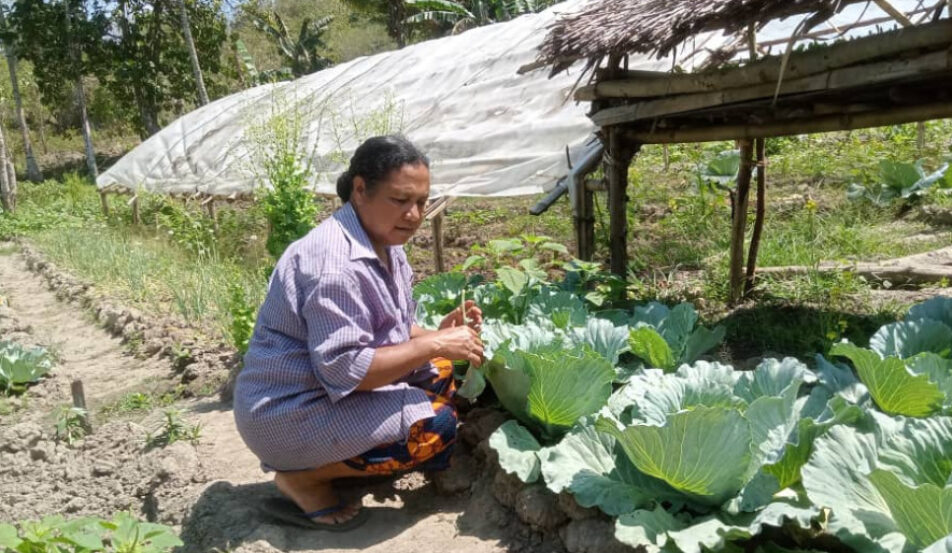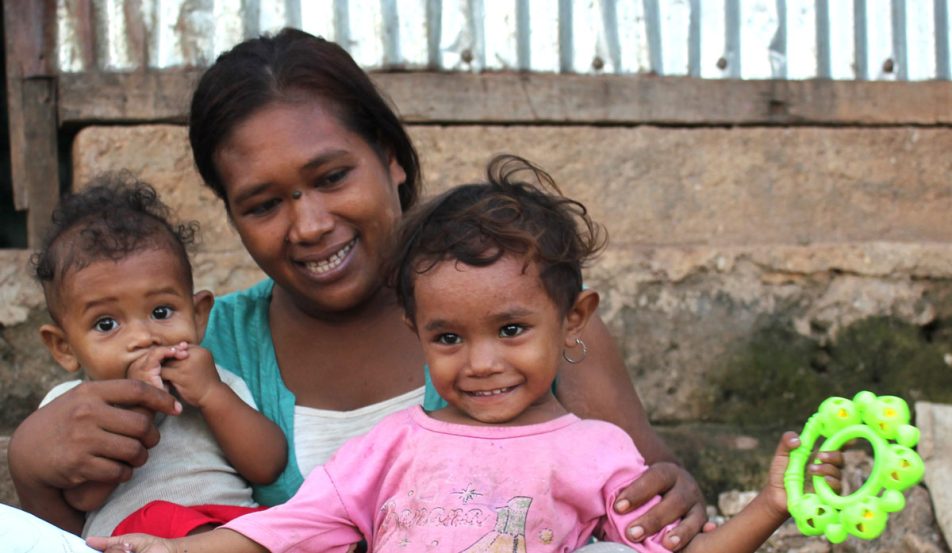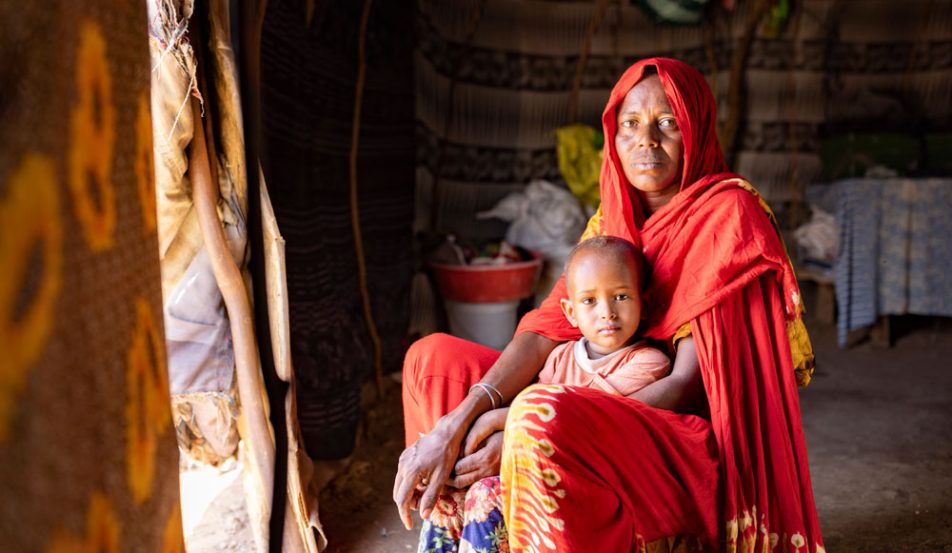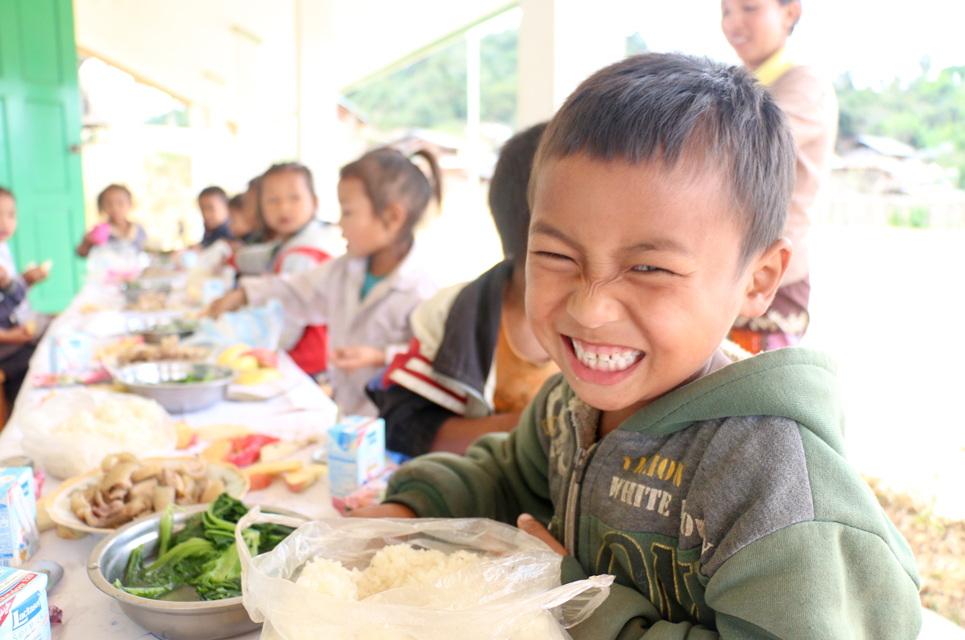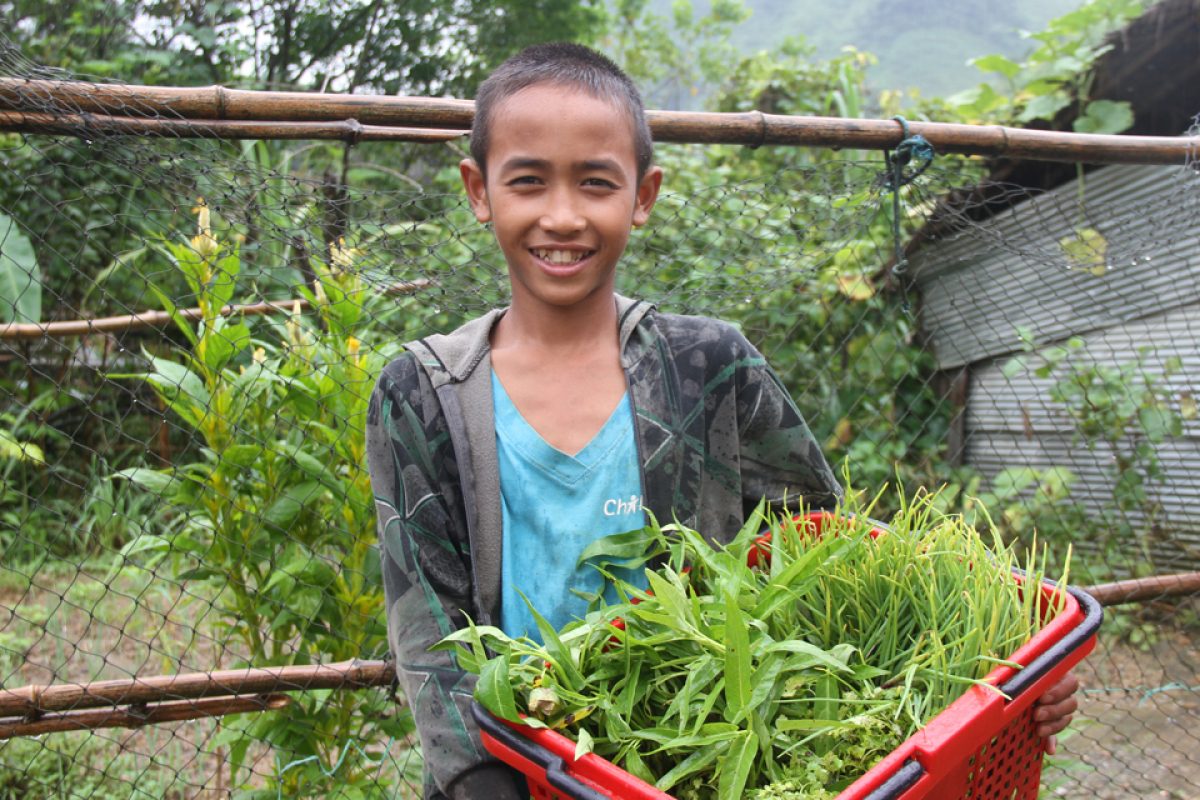2. You can help give children a balanced diet
Rice accounts for 67% of food consumed in Laos, and many children suffer from a severe lack of meat, vegetables, fruits and calcium in their diet. On average, 73% of caloric intake comes from carbohydrates, 12% from meat, and 15% from fats.
Children in Laos are not getting the right variety of foods for a healthy diet.
Families whose children have been identified through the nutrition survey will receive seeds to plan tomatoes, beans, onions and other vegetables for home gardens.
With these crops growing at home, children can get the balanced diet their growing bodies need.
3. You can help future-proof home gardens
Small-scale farmers in northern Laos often rely on a single crop to provide for their families. This makes them particularly vulnerable to malnutrition and increased poverty.
If a crop fails or the price falls, they have nothing to fall back on. In addition, many crops are only productive for certain parts of the year, which can affect a family’s ability to feed their children year-round.
Families who receive seeds will form a support group and receive training from local agriculture officials who can help them identify which crops best suit the local environment. They will also explore ways to grow vegetables in gardens with limited space, using locally available materials.
These home gardens will make families less reliant on a single crop, and help to ensure that their children can eat well all 12 months of the year.
4. You can help families prosper
Once a family’s vegetable garden is thriving, they can sell surplus vegetables at the local market. For families in remote communities with high rates of poverty, this additional income can make a major difference.
Parents can use the money to buy school supplies, medical care or other kinds of food for their children. In many cases, additional income can be the difference between their children being able to go to school or having to drop out to help the family make ends meet.
5. You can help build sustainable communities
Seeds are not just a quick fix. These agricultural skills learned through training and experience will stay in the communities long after your seeds are planted.
Reducing malnutrition helps ease the burden on the local health clinics and means more children will stay in school and thrive, which increases their chances of becoming productive adults.
Seeds can result in long-term and long-lasting improvements to living standards. They can assist in creating sustainable communities, and lift children and their families in one of Asia’s poorest countries out of poverty.
